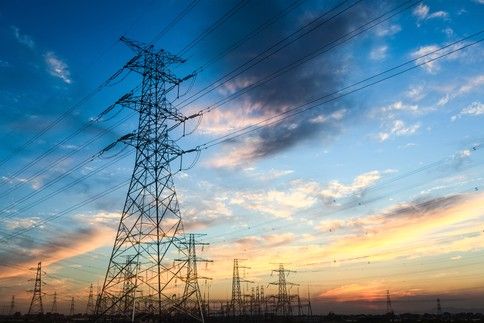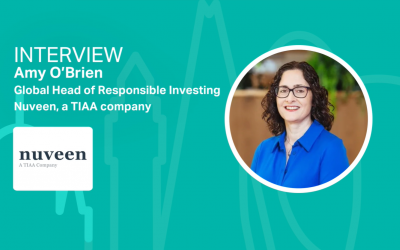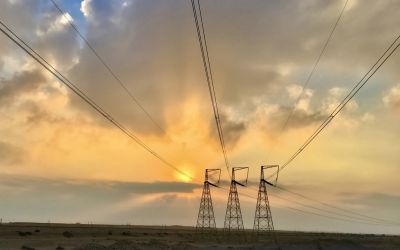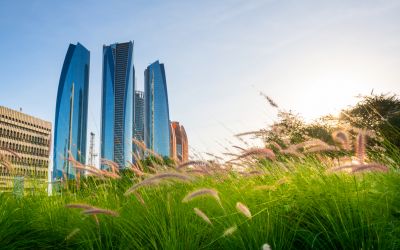New renewable energy ‘Super Grid’
Entrepreneurs in China, Russia, Japan and South Korea have signed a Memorandum of Understanding which sets out plans to create an Asian Renewable Energy Super Grid.

Entrepreneurs in China, Russia, Japan and South Korea have signed a Memorandum of Understanding which sets out plans to create an Asian Renewable Energy Super Grid.
The Super Grid will transmit electrical power from renewable sources from areas in the world that are best able to produce it to consumers in other parts of the world.
Renewable energy generation is planned to be generated in North Africa, central Asia, eastern Russia and North Asia, and transported to high-demand areas such as Europe, Southern Africa and East and Southeast Asia.
This energy will be distributed by an extremely high voltage grid operating at more than 1,000 kilovolts AC and 800 kilovolts DC over thousands of kilometres – across regions, nations and even continents.
The technical feasibility of transmitting electricity across long distances at high voltages has been proven by the introduction of nine regional interconnected grids already functioning in China.
The concept was developed by Masayoshi Son, Founder and Head of the SoftBank group and the Renewable Energy Institute, following the devastation at the Fukushima Daiichi nuclear plant in 2011.
His initial idea was to utilise the wind and solar energy power potential available in the Gobi Desert region of China, estimated to be equivalent to thousands of nuclear reactors.
Although many believed the idea inconceivable, Son received interest from the Korea Electric Power Company, the State Grid Corporation of China and Russian power company PSJC Rosseti.
The turning point for the project came with the establishment of the non-profit Global Energy Interconnection Development and Cooperation Organization in Beijing in March 2016.
GEIDCO is led by Liu Zhenya, former chairman of State Grid, and members include the four Asia Super Grid signatories and utilities, universities, and equipment manufacturers from 14 countries.
Zhenya outlined GEIDCO’s vision at a symposium in Tokyo: “global energy interconnection (GEI) based on clean energy is the only feasible answer to issues of resource constraints, environmental pollution and climate change.”






